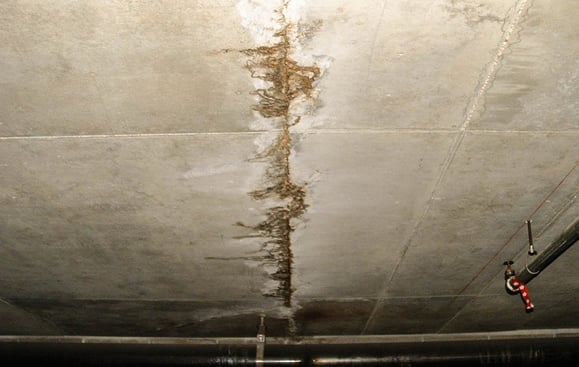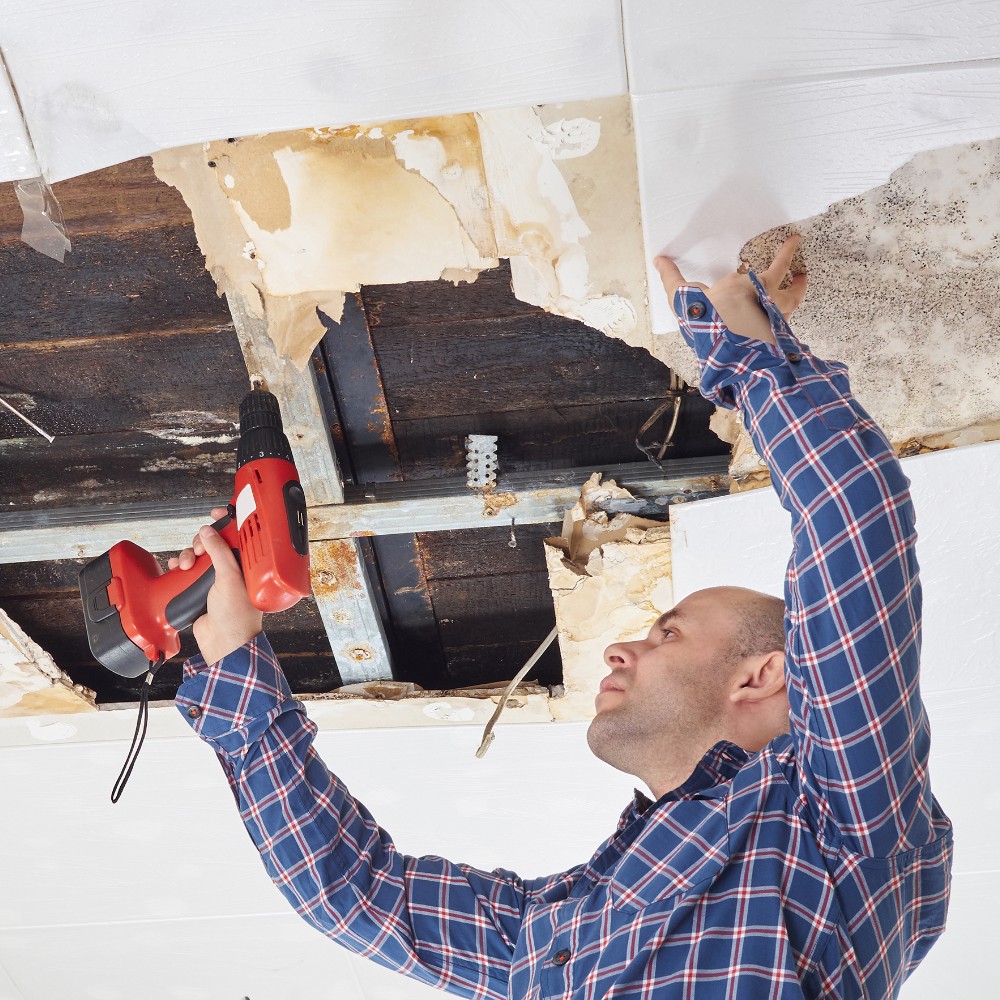Expert Water Extraction Services to Safeguard Your Property from Damage
The Refine of Water Damage Cleanup: Guaranteeing Your Home Is Brought Back Properly
Water damages can be a daunting difficulty for homeowners, requiring a structured and thorough clean-up procedure to recover safety and security and functionality. Originally, a detailed analysis is critical to determine the degree of the damage and determine the appropriate remediation steps. Following this, efficient water extraction strategies play a critical duty in minimizing further injury. The nuances of drying out, sanitizing, and eventual restoration are equally vital and frequently ignored. Comprehending these stages can make a substantial difference in the result of your home's remediation, prompting a closer appearance at what each step entails.
Examining the Damages
Upon uncovering water damages, the very first step is to completely examine the level of the effect. This initial analysis is vital, as it assists establish the necessary actions for efficient cleanup and restoration. Begin by inspecting the impacted locations, consisting of wall surfaces, ceilings, floors, and personal valuables, to determine the source of the water invasion, whether from flooding, leakages, or condensation.
Recording the damages is necessary for both insurance coverage claims and planning reconstruction initiatives - damage restoration services. Usage photos and created notes to catch the seriousness of the damage, keeping in mind any affected structural aspects and materials. Pay special attention to areas that might not be promptly noticeable, such as behind wall surfaces and under carpetings, as concealed wetness can result in additional issues, consisting of mold and mildew development
Furthermore, analyze the timeline of the water direct exposure. The longer the materials stay damp, the greater the capacity for damages. Recognizing the duration of direct exposure will certainly notify the urgency of removal initiatives. Eventually, a comprehensive evaluation prepares for an effective water damages clean-up process, guaranteeing that all affected areas are resolved successfully and extensively.
Water Extraction Strategies
.jpg)
Professionals generally use submersible pumps for bigger volumes of water, which can promptly minimize flooding in cellars or various other impacted areas. For smaller amounts, wet/dry vacuums are commonly used to remove recurring dampness from carpets and tough surfaces. Furthermore, utilizing portable extractors enables targeted elimination in confined areas or locations with fragile products.
In circumstances of polluted water, such as sewage or floodwater, progressed extraction strategies may include the use of biohazard devices to guarantee safety and conformity with wellness policies. High-powered removal devices are essential in reducing water retention in structural products, which can cause mold and mildew development and architectural wear and tear if not attended to immediately.
Ultimately, the performance of water extraction techniques plays a critical duty in the general success of the water damage cleanup procedure, preparing for succeeding repair efforts.
Drying and Dehumidification
Once standing water has actually been successfully extracted, the following important phase in the water damage clean-up process is drying out and dehumidification. This step is necessary to stop additional damage and mold and mildew development, which can happen within 24 to 48 hours in moist atmospheres.
To achieve reliable drying out, customized tools such as industrial-grade air movers and dehumidifiers is employed. Air movers flow air across wet surfaces, enhancing dissipation rates, while dehumidifiers lower humidity levels in the air, advertising a favorable setting for drying out. The combination of these tools makes certain that moisture is extracted from wall surfaces, furnishings, and floorings, permitting them to completely dry extensively.
It is very important to keep track of the drying out procedure closely. Specialists frequently use moisture meters to evaluate the moisture web content in various products, guaranteeing that all impacted locations get to acceptable dryness levels. This meticulous approach helps to prevent covert moisture pockets that could lead to structural damages or harmful mold growth.

Cleaning and Sterilizing
After the drying and dehumidification phase is full, the following crucial action in water damages cleanup is cleaning up and sterilizing the impacted locations. This procedure is critical to avoid the growth of mold, microorganisms, and various other microorganisms that flourish in wet settings.
The cleaning stage commonly includes removing any kind of particles, dust, and pollutants from surfaces utilizing specialized cleaning agents. For tough surfaces, a combination of soap and water or business cleaning items is often used. Soft products, such as upholstery and carpetings, might require a lot more extensive cleansing methods, consisting of steam cleaning or deep removal techniques, to make sure detailed sanitation.

Sanitizing follows cleansing, utilizing EPA-approved disinfectants to eliminate damaging bacteria. This step is essential, particularly in locations that might have entered into contact with floodwaters or sewer, as these sources can present serious health risks.
In addition, it is essential to resolve any type of continuing to be odors, which may require the usage of smell neutralizers or innovative techniques like ozone therapy. Correct cleansing and sterilizing not only restore the safety and health of your home however additionally lay the foundation for effective reconstruction and fixings in succeeding phases of the water damage cleanup process.
Restoration and Fixings

Once the evaluation is total, repair efforts can start. Furthermore, floor covering may require comparable interest, depending on the level of water direct exposure.
It is critical to involve skilled remediation experts throughout this procedure, as they possess the expertise to deal with complex repairs successfully. They can help alleviate possible future concerns, such as mold growth or architectural instability, therefore ensuring a secure and helpful resources habitable living atmosphere. Eventually, reliable restoration and repair services restore the home's stability and boost its total value.
Conclusion
In conclusion, the process of water damages cleaning is essential for recovering a home to its pre-damage condition. Each phase, from analyzing the damage to implementing effective water extraction strategies, adhered to read the article by thorough drying, sterilizing, and essential repair work, plays an important role in making sure safety and conformity with building criteria. Effective execution of these actions not just alleviates prompt damages yet additionally enhances the lasting stability and value of the residential or commercial property.
Water damage can be a challenging difficulty for house owners, requiring a organized and precise cleanup process to restore safety and performance. Eventually, a detailed evaluation lays the foundation for an effective water damages cleaning process, guaranteeing that all affected locations are attended to properly and extensively.
Reliable water removal techniques are crucial in alleviating damage and stopping further difficulties complying with a water intrusion occasion.In conclusion, the procedure of water damages clean-up is vital for restoring a home to its pre-damage problem. Each phase, from assessing the damages to carrying out effective water removal techniques, followed by thorough drying, disinfecting, and necessary repairs, plays a vital duty in guaranteeing safety and security and conformity with building criteria.